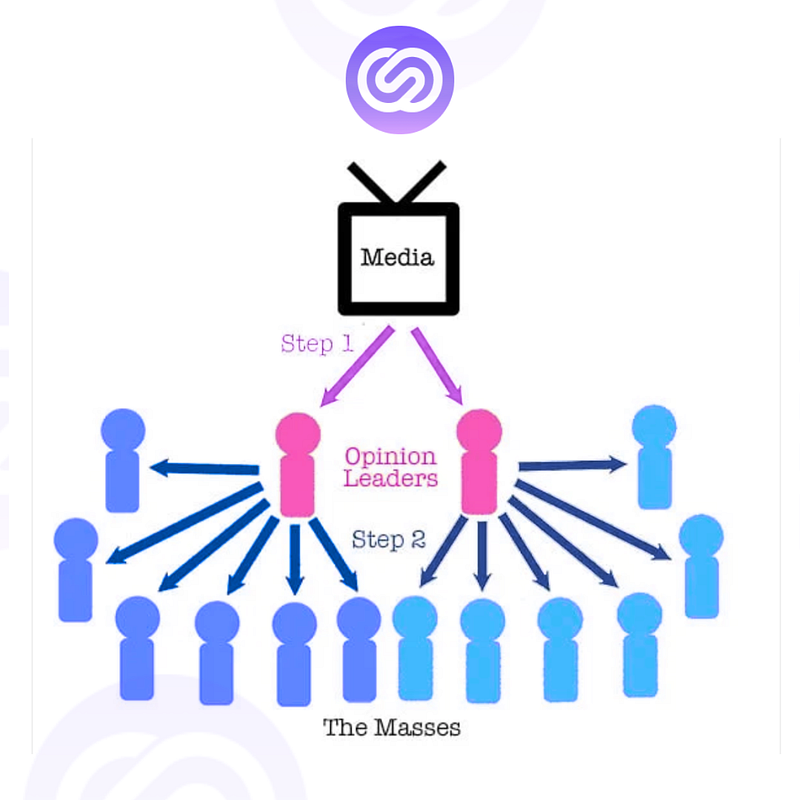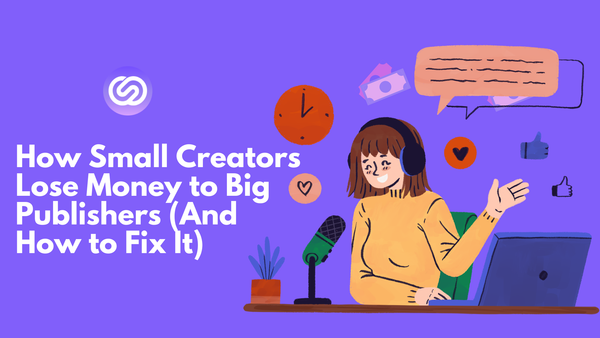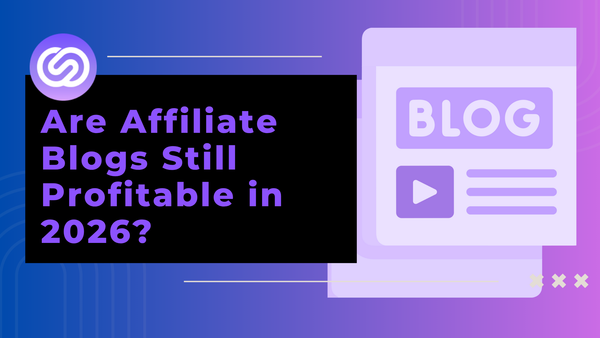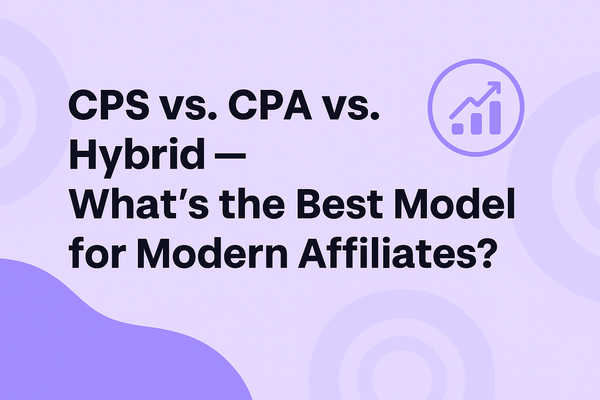Why the Smartest Brands Bet on Micro-Influencers
“I bought it because she said it works.” This isn’t a line from a celebrity campaign. It’s what today’s consumers say after watching a…

“I bought it because she said it works.”
This isn’t a line from a celebrity campaign. It’s what today’s consumers say after watching a 90-second review from someone with 10,000 followers on TikTok — someone they trust. In the age of digital overload and fleeting trends, micro-influencers have become the steady, reliable voices people turn to before making a purchase.
The Rise of the Micro-Influencer
A micro-influencer is typically defined as someone with a follower count between 10,000 and 100,000. While their reach may seem modest, their impact is anything but. According to a 2023 study by Influencer Marketing Hub, micro-influencers generate up to 60% more engagement than macro-influencers, and their followers are 7 times more likely to trust their recommendations.
This shift didn’t happen overnight. As influencer culture exploded in the 2010s, audiences became wary of overly polished, highly commercial content. The trust once placed in big-name influencers declined as paid posts and scripted collaborations became the norm. People started tuning out and turning instead to creators who felt more like them — relatable, real, and relevant.
Why Engagement Matters More Than Reach
It’s easy to be seduced by big numbers: a million followers, a blue checkmark, thousands of likes. But these metrics no longer tell the full story. What brands want and need are results: clicks, conversions, brand lift, and loyalty.
Micro-influencers consistently outperform their larger counterparts when it comes to engagement. They interact directly with their audience. They reply to comments. They offer honest opinions. They understand the subtle dynamics of their niche.
A macro-influencer might post a skincare product and get thousands of likes. A micro-influencer will post the same product, but with context: how it fits into their routine, what results they saw, what to expect. Their followers don’t just scroll past. They ask questions. They follow links. They buy.
The Economy Belongs to Those Who Know Their Niche
In today’s creator economy, niching down is scaling up.
Creators who specialize — whether it’s in minimalist home décor, marathon training, or baby-led weaning — build a tightly connected audience that listens. They aren’t trying to appeal to everyone. They speak directly to a community that sees them as a trusted source.
This principle holds true for brands as well. Instead of blasting a general campaign across massive accounts, forward-thinking brands are building micro-influencer networks tailored to specific buyer personas.
Case Study: How Gymshark Grew with Micro-Influencers
Gymshark, now valued at over $1 billion, didn’t start with celebrity endorsements. Instead, it began with a group of everyday fitness enthusiasts and trainers who genuinely loved the product.

From the beginning, Gymshark gave free gear to niche creators, some with just a few thousand followers. These creators didn’t just show off leggings or gym bags. They documented their workouts, shared progress photos, and built communities around healthy living.
This created a flywheel effect. Creators were proud to be associated with the brand. Followers saw authenticity in the content. Gymshark gained high-quality, user-generated promotion. The strategy didn’t just drive sales. It built loyalty.
One notable move was their early support of fitness YouTubers who didn’t have huge subscriber counts but were producing high-value, motivational content. Today, many of those same creators are top ambassadors for the brand. Gymshark didn’t buy an audience. They partnered with one and grew alongside it.
Micro-Influencers as Opinion Leaders
Sociologist Elihu Katz’s concept of the “two-step flow of communication” remains surprisingly relevant in the digital age. The theory suggests that people are more likely to be influenced by opinion leaders than by mass media.

Micro-influencers are the modern opinion leaders. They might not have a broadcast platform, but they sit at the center of peer-to-peer influence. Their recommendations are not seen as paid promotions, but as personal endorsements. Their influence comes not from fame, but from familiarity.
When a micro-influencer recommends a product, it feels like hearing about it from a trusted friend, not from an ad executive.
The Value of Authenticity
Authenticity isn’t a buzzword. It’s a currency. A recent Nielsen report found that 92% of consumers trust recommendations from individuals, even if they don’t know them personally, over traditional brand advertising.
Micro-influencers thrive in this space because they are seen as authentic by design. They don’t rely on elaborate sets or professional crews. Their content is often filmed on phones, unfiltered, and unscripted. They share their wins and their mistakes.
This level of transparency builds long-term trust. And in an era where consumer skepticism is at an all-time high, that trust is priceless.
Why Brands Must Rethink Influence
Brands that still chase influencers with the biggest followings are stuck in an old paradigm. The creator economy isn’t about mass appeal anymore. It’s about micro-communities and meaningful interactions.
Micro-influencers don’t just market a product. They become part of its story. They use it, critique it, show it in action, and answer real questions from real people. This kind of social proof is far more persuasive than a polished campaign.
Moreover, they are cost-effective. Instead of pouring a large budget into one celebrity endorsement, brands can spread that budget across 20 to 50 micro-influencers and receive better ROI, more diverse content, and deeper market penetration.
The Future of Influence Is Small, Specific, and Strategic
There’s a growing realization across industries: more is not better. Better is better. And in many cases, better means smaller.
Creators who build depth over breadth — who cultivate a specific point of view and consistently show up for their audience — are the ones shaping purchase behavior, driving conversations, and building trust.
This new model of influence is more democratic. You don’t need to be famous. You need to be consistent, honest, and tuned into your niche.
Conclusion: Vanity Metrics Belong to the Past
The future of influencer marketing is not in follower count. It is in trust, context, and credibility. Micro-influencers may not dominate trending pages, but they dominate hearts, minds, and ultimately, wallets.
As brands look to optimize their next campaigns, the question should not be, “Who has the biggest audience?”
It should be, “Who has the most trust within the right audience?”
In the creator economy, real influence is not about being seen by everyone. It is about being believed by someone.
If you like this and want more, we have them coming. Stay close, follow us for more.



